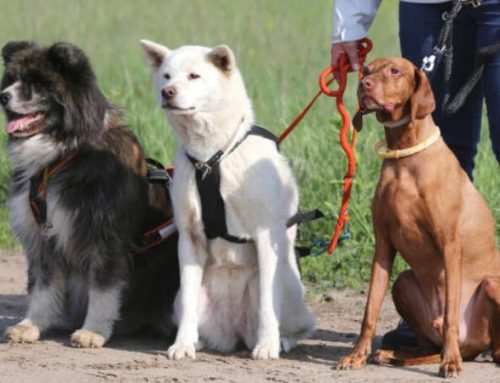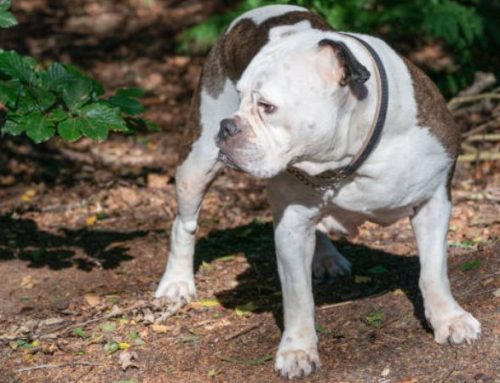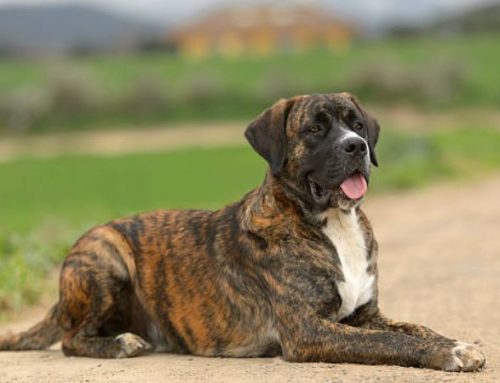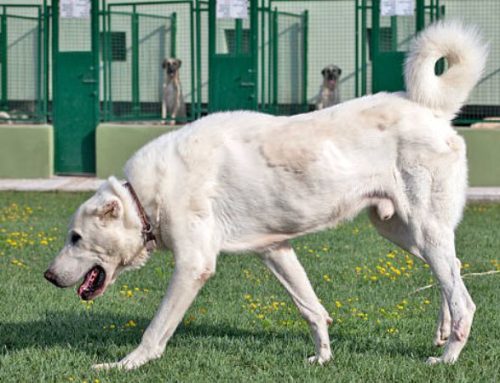Few dog breeds capture hearts quite like the Shih Tzu. With their charmingly compact build, signature smooshed faces, and warm, playful nature, these little companions stand out in any crowd. But it’s their luxurious, flowing coats that truly make them unforgettable. In this article, Nexus-pets dives into a common question: do Shih Tzus shed?
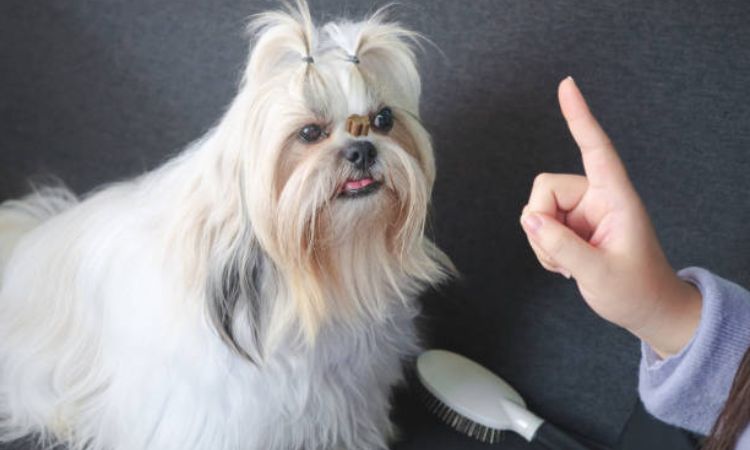
Do Shih Tzus Shed?
Yes, Shih Tzus do shed, but their shedding is very minimal compared to many other breeds. This is largely due to the nature of their coat, which is made up of hair rather than fur. Unlike fur, which tends to shed in larger amounts and frequently, hair grows longer and falls out more slowly.
Additionally, Shih Tzus have a dense, double-layered coat that helps trap loose hairs within the coat itself rather than letting them fall freely around your home. This characteristic means that while they do shed, you’re less likely to see loose hair scattered on furniture or floors. Their low shedding combined with this hair-trapping effect makes them a popular choice for people seeking dogs with minimal shedding and those with mild allergies.
When and Why Shih Tzus Shed More
1. Shedding During Puppy Coat Transition (9-12 Months)
Shih Tzu puppies are born with soft, fine coats that rarely shed. However, between 9 and 12 months of age, they undergo a natural coat transition as they grow into adulthood. During this period, it’s common to see an increase in shedding as the puppy coat is replaced by the adult coat. This shedding phase is temporary and typically lasts no longer than three weeks.
2. Seasonal Shedding Patterns, Especially in Warmer Months
Shih Tzus tend to shed more during seasonal changes, with the most noticeable shedding occurring in spring and summer. As temperatures rise, these dogs shed their thicker winter coats to stay cool. This seasonal shedding, often called “coat blowing,” helps prepare their bodies for warmer weather. Shedding usually decreases during cooler months as the new, thicker coat grows in for winter.
3. Influence of Age, Pregnancy, and Hormonal Changes
Aside from seasonal factors, age and hormonal fluctuations can also impact shedding. Older Shih Tzus may experience changes in their coat quality and increased shedding. Female Shih Tzus might shed more during pregnancy and after giving birth due to hormonal shifts, which can trigger a temporary “coat blowing” similar to seasonal shedding.
4. Health and Diet Factors That May Increase Shedding
Poor nutrition can cause a Shih Tzu’s coat to become dry, brittle, and more prone to shedding. A diet lacking essential fatty acids, particularly omega-3 and omega-6, may negatively affect skin and coat health. Additionally, various health conditions—such as skin infections, allergies, liver or kidney diseases, and other systemic illnesses—can cause abnormal or excessive shedding. It is important to consult a veterinarian if you notice sudden or excessive hair loss.
5. Stress, Allergies, and Skin Conditions as Causes of Abnormal Shedding
Stressful situations, environmental allergens, and skin conditions like fleas, mange, or dry skin can also lead to abnormal shedding in Shih Tzus. Excessive scratching or biting caused by irritation may worsen hair loss. Monitoring your dog’s environment, maintaining a proper grooming routine, and seeking veterinary advice at the first signs of discomfort or unusual shedding are key steps to keeping your Shih Tzu’s coat healthy.

Managing Shedding in Shih Tzus
Shih Tzus are known for their beautiful, long, silky coats and relatively low shedding compared to many other breeds. However, managing their shedding effectively requires a consistent care routine that balances grooming, bathing, diet, and health monitoring.
Regular Grooming Routines
To keep shedding under control and maintain a healthy, tangle-free coat, regular brushing is essential. Ideally, brush your Shih Tzu at least two to three times per week, and increase this frequency to daily during seasonal shedding peaks or transitional phases like puppy coat changes.
Recommended tools include:
- Slicker brushes with fine, rounded pins, which are excellent for detangling and removing loose hair trapped in the coat while stimulating the skin.
- Bristle brushes, which help smooth the coat after detangling and remove any remaining loose hairs on the surface.
Regular brushing prevents mats and tangles that can trap shed hair and cause skin irritation, ultimately keeping your Shih Tzu’s coat healthy and shiny.
Bathing Tips
Bathing your Shih Tzu too frequently can strip natural oils from their skin, leading to dryness and increased shedding. A good rule of thumb is to bathe your dog once every four weeks or as needed if they become particularly dirty.
Use gentle, dog-specific shampoos formulated for sensitive skin to avoid irritation or allergic reactions. If unsure, consult your veterinarian for shampoo recommendations. After bathing, thoroughly dry your dog to prevent moisture-related skin issues like fungal infections.
Dietary Considerations
Nutrition plays a vital role in maintaining your Shih Tzu’s skin and coat health. Feeding a balanced diet rich in omega-3 and omega-6 fatty acids supports skin hydration, reduces dryness, and promotes a glossy, strong coat that sheds less excessively.
Look for dog foods that contain high-quality protein sources such as chicken, beef, lamb, or fish, and consider supplements like omega fatty acid oils if recommended by your vet.
Monitoring for Health Issues and Vet Consultation
While some shedding is normal, sudden or excessive hair loss may signal underlying health problems such as allergies, skin infections, parasites, or systemic illnesses. Keep an eye out for:
- Bald patches or unusual thinning
- Red, flaky, or irritated skin
- Excessive scratching or biting
If you notice these signs or if shedding seems abnormal, it’s important to consult your veterinarian promptly for diagnosis and treatment. Early intervention can prevent more serious issues and keep your Shih Tzu comfortable and healthy.

Common Misconceptions about Shih Tzu Shedding
A widespread myth about Shih Tzus is that they are completely non-shedding dogs. While it’s true that Shih Tzus shed far less than many other breeds, they are not entirely non-shedding. Instead, they are considered light shedders due to their unique coat structure, which is made up of hair rather than fur.
Unlike breeds with fur coats that shed heavily and leave noticeable hair around the house, Shih Tzus have long, silky hair that tends to stay trapped within their dense topcoat. This means that while they do lose hair, it doesn’t fall off as readily or accumulate in large amounts on floors and furniture. Instead, loose hairs often get caught in their coat, which is why regular brushing is essential to prevent matting and remove these trapped hairs.
Articles you may be interested in:
Another common misconception relates to the Shih Tzu’s reputation as a hypoallergenic breed. Although no dog is truly hypoallergenic, Shih Tzus are often recommended for people with mild allergies because their minimal shedding reduces the spread of dander, which is a common allergen. Their hair-like coat produces less loose hair and dander compared to many other breeds, making them more tolerable for allergy sufferers.


